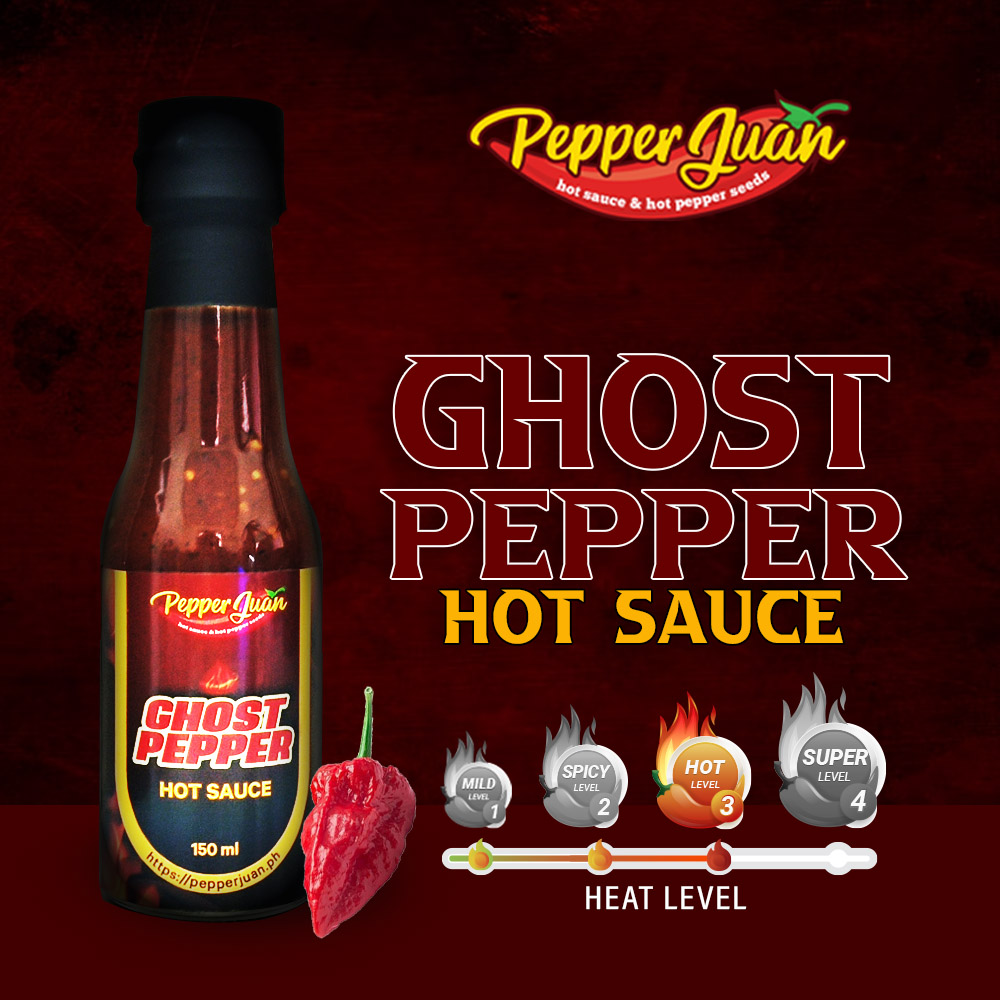When we were kids, summer meant long days outdoors, sweaty shirts, and the smell of dust rising from the ground. We ran under the sun like we were invincible, played tumbang preso or patintero until dusk, and rarely ever heard of anyone getting heatstroke. Our mothers would just shout, “Pumasok na kayo, baka maitim kayo niyan sa araw!” — but not because we’d collapse from the heat.
Fast forward to today — the sun feels different. Angry. Oppressive. And, perhaps, dangerous.
In recent weeks, classes have been suspended not because of typhoons, but due to extreme heat. Walking from one building to another at work feels like crossing the Sahara. When we open our car doors after parking under the sun, it’s like opening an oven. And for those without air-conditioning, the inside of homes can be unbearable.
We now carry mini-electric fans and USB-powered blowers like survival gear. Air-conditioners run 24/7, and our Meralco bills shoot up like our body temperature at high noon. What used to be an afterthought — “just drink water” — is now a survival plan.
Climate change is no longer just the theme of science fairs or international conferences. It’s here, it’s hot, and it’s messing with our bodies, our bills, and our schedules. In the Philippines, PAGASA recently recorded heat indices reaching 50°C in some areas. And no, that’s not the actual temperature — it’s how it feels on human skin, which makes it even more alarming. Add to that the urban heat island effect: more buildings, less green. Asphalt and concrete trap heat like rice cookers, and most of our cities are built to maximize concrete, not comfort.
Whether you’re inside an office, working on the streets, or stuck in EDSA traffic, there are still some practical ways to keep your cool — literally and figuratively. First, hydration is non-negotiable. Drink water often — not just when you’re thirsty, but regularly throughout the day. Dress smart: stick to cotton or linen, light-colored clothing, and skip the heavy cologne — you’ll only end up marinating in it. If possible, plan your errands or travel to avoid the 10AM–4PM danger zone. If going out is necessary, take breaks, look for shade, and don’t ignore signs of overheating.
For those lucky enough to enjoy air-conditioning, use it wisely. Set timers or energy-saving modes, clean your filters regularly, and consider alternatives like blackout curtains, reflective roofing, or solar window films. And please — don’t set your thermostat to 16°C. You’re not freezing a lechon.
Outdoor workers and frontliners, however, need more than advice — they need support. Employers must provide shaded waiting areas, cooling stations, hydration points, and longer or more frequent breaks. Government agencies like DOLE have issued guidelines to protect them — but these must be enforced and respected, not just posted on bulletin boards.
If you’re driving, park under trees if you can — nature’s shade still works better than any window tint. Use sunshades or even cardboard to block direct sunlight. Open all doors before turning on the A/C to release trapped heat. And always keep a small towel and bottled water inside your vehicle, just in case.
At home, even without air-conditioning, there are ways to survive the scorch. Create natural cross-ventilation by opening windows early in the morning or late at night. A bowl of ice placed in front of a fan is an old-school trick that still delivers. And if it’s too hot to cook, embrace no-cook meals like ensaladang kamatis, sardinas with calamansi, or a hearty tuna salad. Your body — and your electric bill — will thank you.
Extreme heat doesn’t spare our pets. If you’re feeling dizzy, tired, and dehydrated, imagine how it feels for a dog covered in fur or a cat stuck indoors without ventilation. Heatstroke in animals is real — and often fatal if unnoticed. Common signs include excessive panting, drooling, restlessness, vomiting, or collapse. If your pet is unusually lethargic or refuses to eat, don’t ignore it.
Keep them indoors during peak heat hours and always provide access to fresh, cool water. Walk your dogs early in the morning or after sundown — remember, if the pavement is too hot for your palm, it’s too hot for their paws. If you don’t have air-conditioning, set up a fan near their resting area or let them lie on cool tiles. Never leave pets inside parked vehicles, even for “just a few minutes” — a closed car heats up like an oven, and it can be deadly within minutes.
If you’re suffering in the heat, your pets probably are, too — but unlike us, they can’t complain or grab a cold drink. So be their advocate. After all, they’re family.
Just because the sun’s blazing doesn’t mean we stop living. We adapt. Do your exercise in the early morning. Walk your dog after sundown. Host evening picnics. Move barkada meetups to cooler venues. Take your kids to shaded playgrounds or splash parks. And most of all — look after each other. If you see a traffic aide or construction worker wilting under the sun, offer water. A small act of kindness can go a long way in this heat.
Let’s be real — this extreme heat affects us all, but not equally. For many of us, the heat is an inconvenience. It makes us grumpy. It ruins our hair. It inflates our electricity bills. But for millions of Filipinos — farmers, street vendors, delivery riders, construction workers — the heat is more than discomfort. It’s a daily hazard, one they can’t escape with a remote control or a cold drink from the fridge.
Not everyone can stay indoors or hide in malls. Not everyone has a USB-powered fan or a car with tint. Many of our kababayans endure this heat not because they want to, but because they have no choice.
So the next time we rant, “Grabe ang init!” — let’s follow it up with action. Support policies that protect outdoor workers. Push for more green spaces, not more parking lots. Conserve energy where we can, and vote for leaders who understand the urgency of climate adaptation.
This summer — and all the summers to come — we don’t just need ways to beat the heat. We need ways to level the field. In this “Heat Stroke Nation,” survival isn’t just about staying cool. It’s about staying aware, compassionate, and ready to make things better — not just for ourselves.




